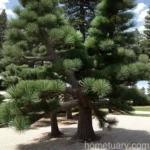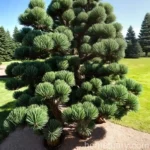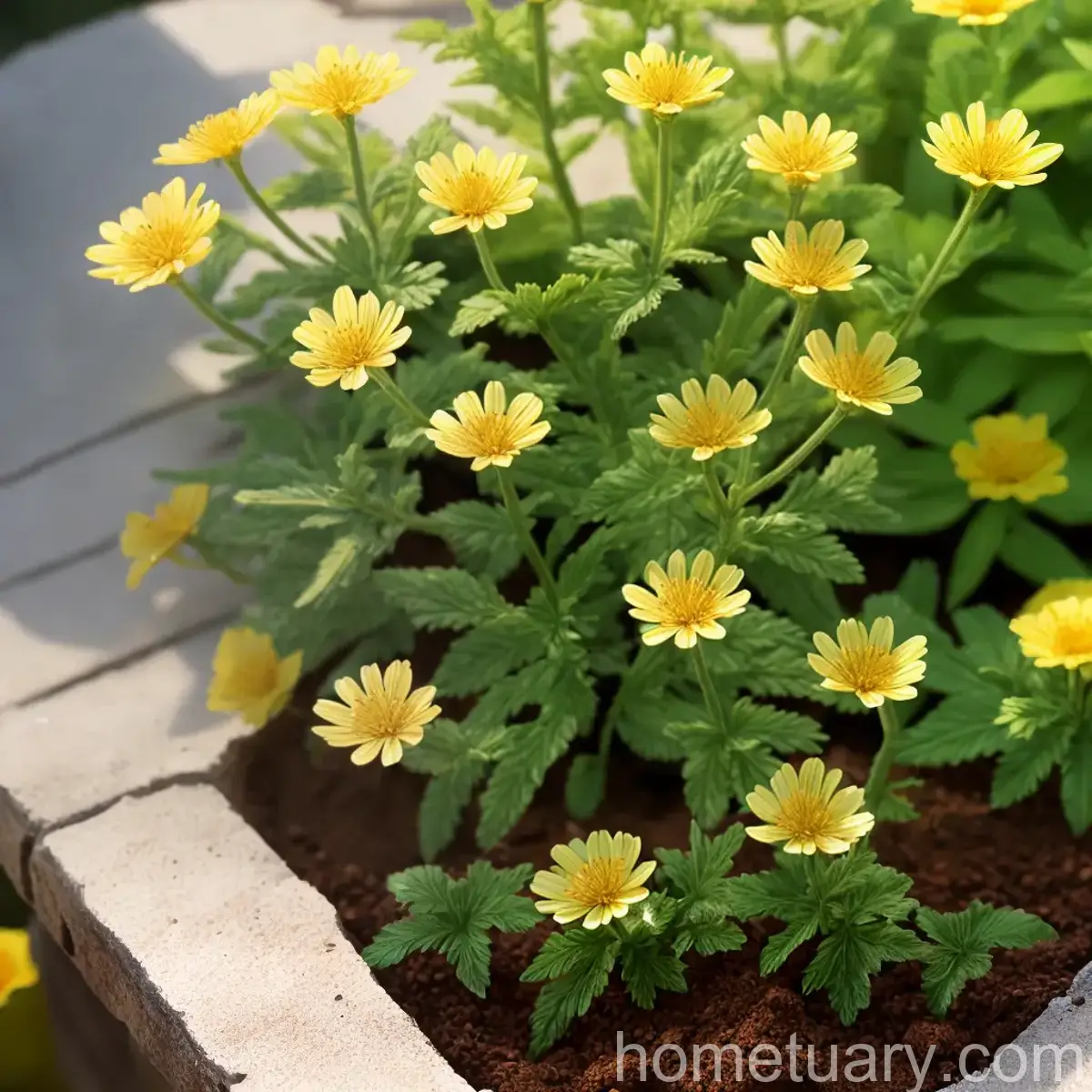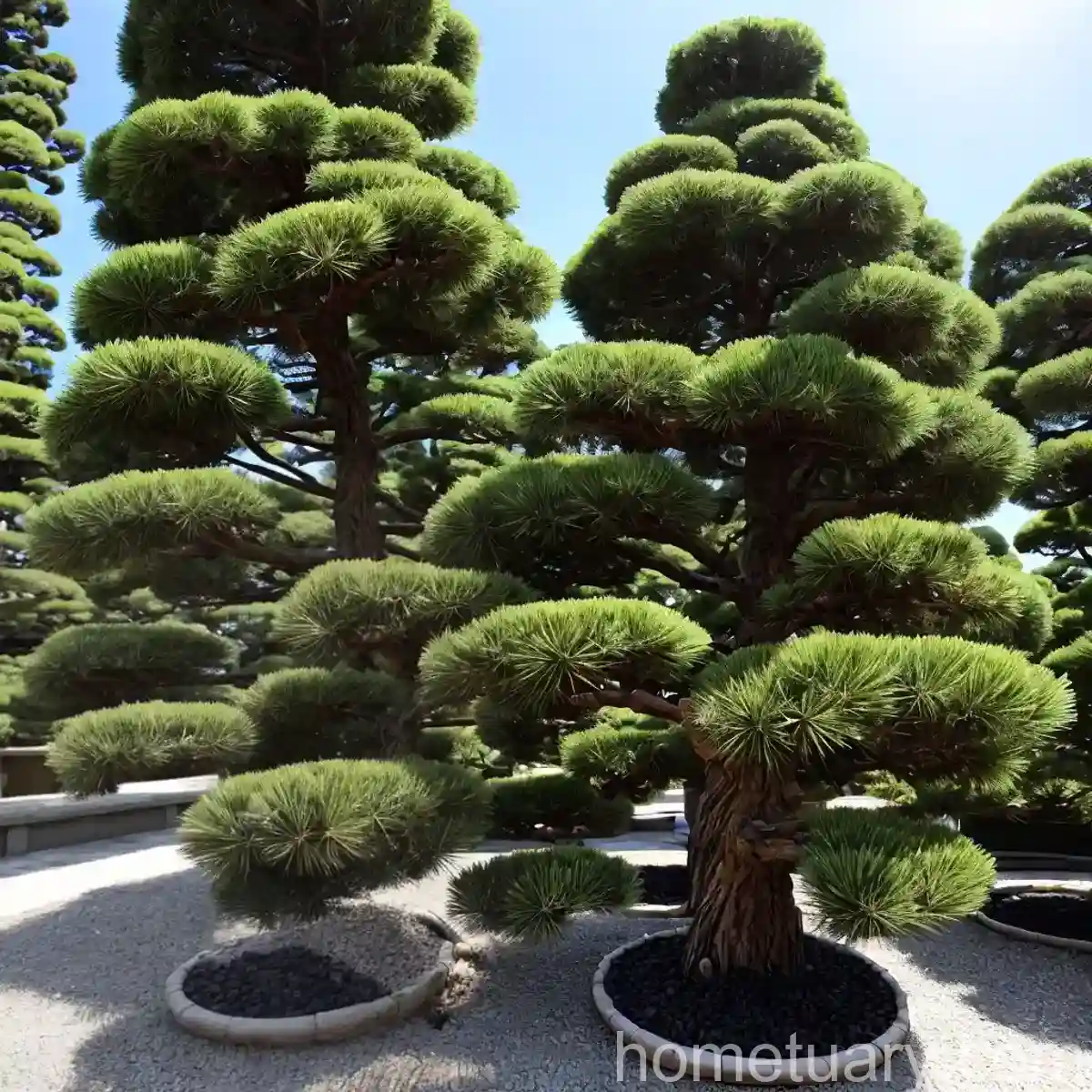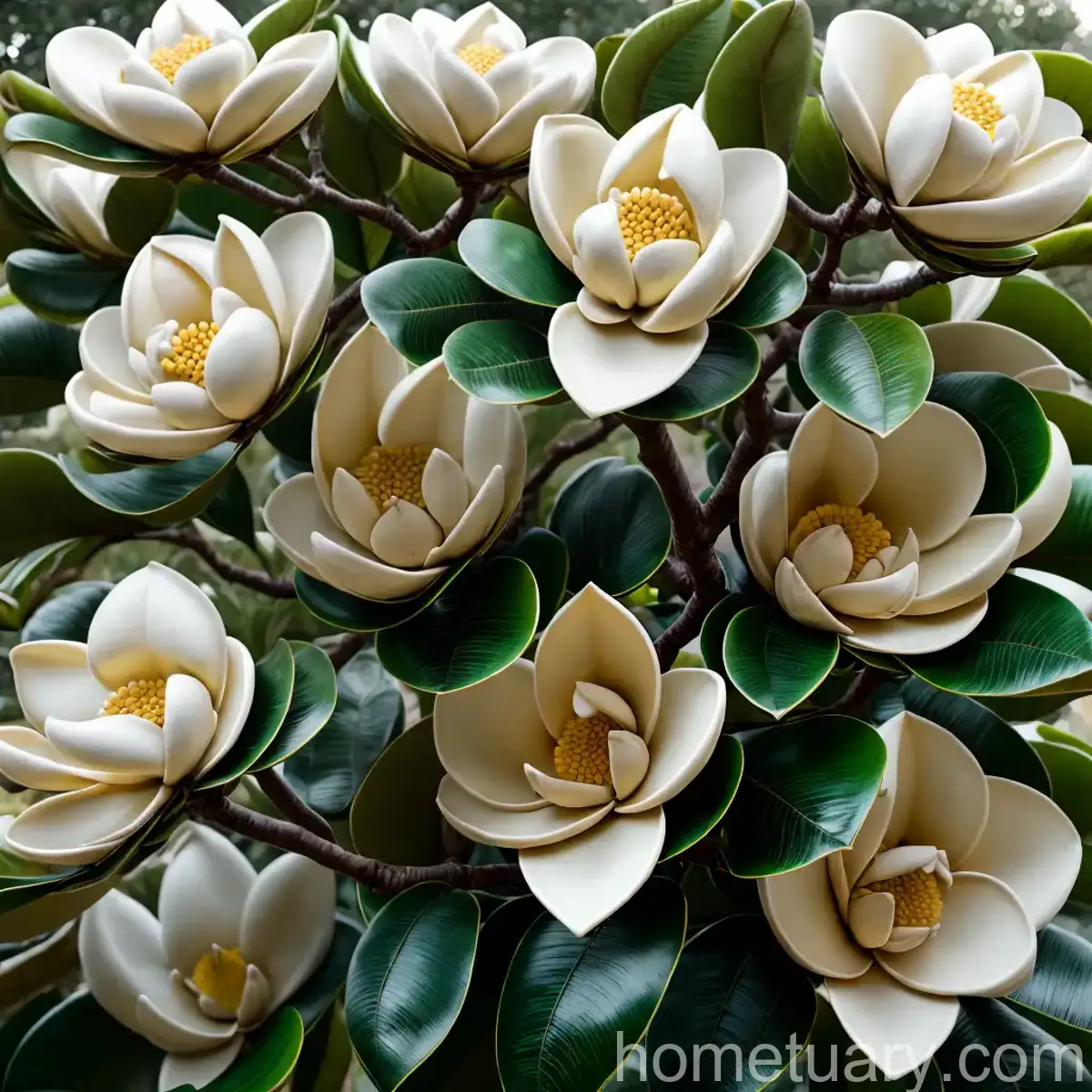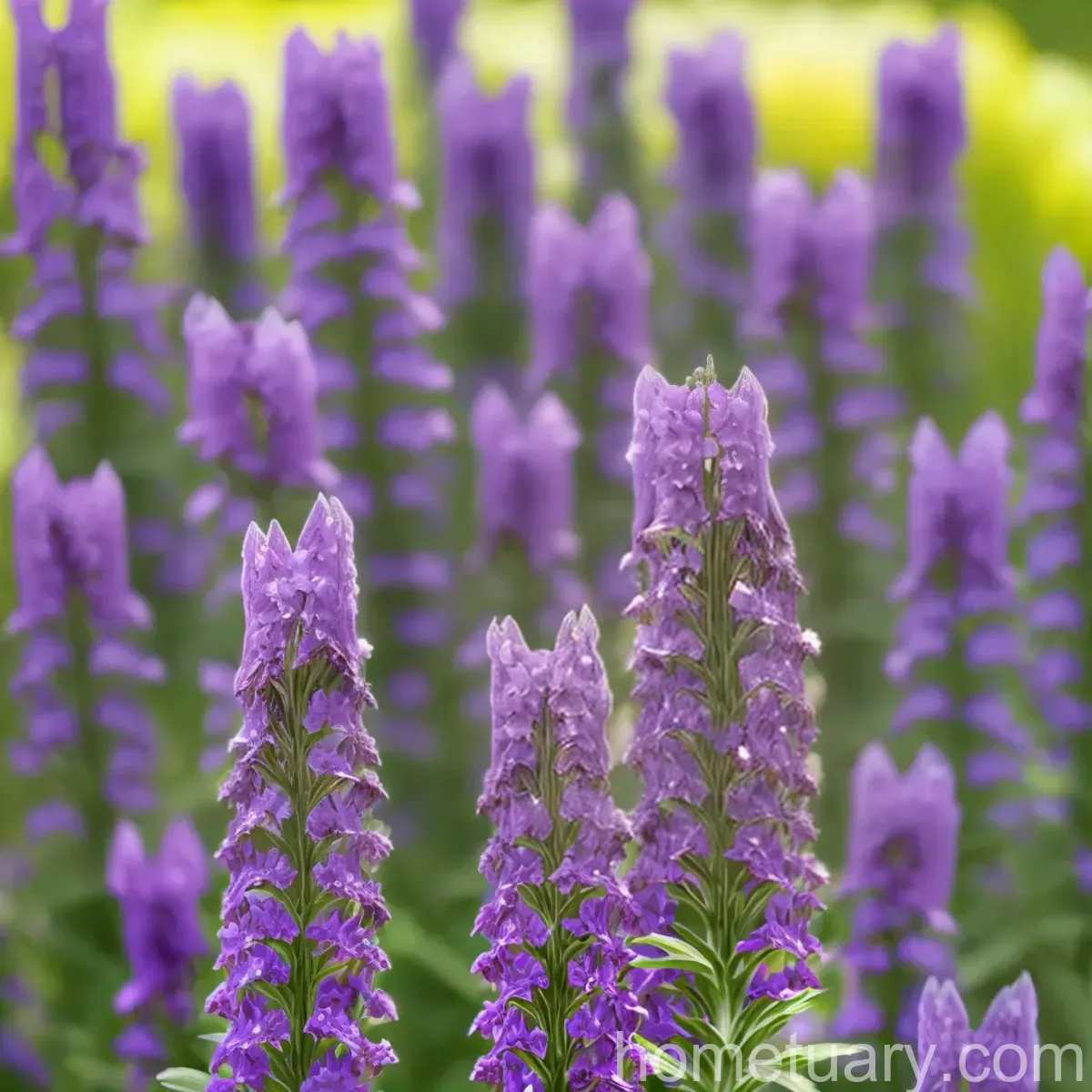The Wonders of Loblolly Pine (Pinus taeda)
Introduction
The loblolly pine, scientifically known as Pinus taeda, is a remarkable tree species that holds significant ecological and economic importance. Native to the southeastern United States, this species has captured the interest of plant enthusiasts, foresters, and researchers alike due to its diverse uses, adaptability, and fascinating growth habits.
In this comprehensive guide, we will delve into the world of loblolly pine, exploring its culture, uses, care tips, characteristics, and much more. Whether you are a gardening enthusiast, a student of botany, or simply intrigued by the magnificence of trees, this article will provide valuable insights into the captivating realm of loblolly pine.
What is Loblolly Pine (Pinus taeda)?
Loblolly pine, or Pinus taeda, is a species of pine tree belonging to the Pinaceae family. It is a large coniferous tree characterized by its straight trunk, uniquely shaped cones, and long, slender needles. This species is known for its rapid growth and ability to thrive in a variety of environmental conditions.
Key Takeaways – Loblolly Pine (Pinus taeda)
Let’s begin by exploring the key takeaways about loblolly pine, shedding light on its culture, uses, and essential care requirements.
Culture
Loblolly pine, being a native of the southeastern United States, is well-adapted to a warm, humid climate. It thrives in areas with long, hot summers and moderate to high rainfall. This species can be found in various habitats, including low-lying areas, coastal plains, and upland slopes.
Uses
The uses of loblolly pine are diverse and significant. From its role in forestry and timber production to its ecological impact on wildlife and ecosystems, this species holds immense value. Its wood is used in construction, furniture making, and paper production, while its presence in natural habitats supports a variety of wildlife.
Water
Loblolly pine has moderate water requirements and appreciates well-drained soils. While it can withstand periods of drought, adequate moisture levels are essential for optimal growth.
Sunlight
This species thrives in full sun, requiring direct sunlight for a substantial portion of the day. It is well-suited to open, sunny locations where it can reach its full potential.
Fertilizer
Loblolly pine generally does not require fertilization in natural forest settings. However, in urban or managed landscapes, soil testing and targeted fertilization may be beneficial to support the tree’s health and growth.
Soil
It is adaptable to various soil types, including acidic, sandy, loamy, and clay soils. Well-drained soils are preferred, and the species can tolerate occasional flooding.
Pruning
Pruning is typically not necessary for loblolly pine in natural environments. However, in landscaping and forestry practices, selective pruning may be employed to shape the tree or remove damaged branches.
Propagation
Loblolly pine can be propagated from seeds. The collection and germination of seeds are key steps in the propagation process, often carried out in controlled nursery conditions.
Container Popularity
While loblolly pine is primarily known for its presence in natural forests and landscapes, it is also grown in containers in nurseries and botanical gardens for research, conservation, and educational purposes.
Container Common Diseases
The loblolly pine may be susceptible to certain diseases, including pine wilt disease, fusiform rust, and needle blight. Proper sanitation, monitoring, and management practices are essential to mitigate disease risks in container-grown specimens.
Disease Diagnosis
Diagnosing diseases in loblolly pine involves careful observation of symptoms such as needle discoloration, unusual growths, or bark lesions. Laboratory analysis and consultation with plant pathologists may be necessary for accurate diagnosis.
Common Pests
Pests such as pine beetles, weevils, and sawflies can pose threats to loblolly pine. Monitoring, cultural practices, and the use of insecticidal treatments may be employed for pest management.
Botanist’s Tips
Botanists recommend conducting regular assessments of loblolly pine stands to monitor their health and growth. Understanding the ecological context and conducting thorough research can aid in successful cultivation and conservation efforts.
Fun Facts
- Loblolly pine is the most commercially important pine species in the southeastern United States, valued for its timber and pulpwood.
- The term “loblolly” refers to low, marshy areas where this species is commonly found, highlighting its adaptability to various ecological niches.
Links to External Resources
Explore the following links for additional information on loblolly pine:
– USDA Plants Database
– The International Union for Conservation of Nature (IUCN) Red List of Threatened Species
– The United States Forest Service
– The Lady Bird Johnson Wildflower Center
Conclusion
In conclusion, loblolly pine (Pinus taeda) stands as a testament to the resilience and adaptability of tree species. Its ecological significance, economic value, and cultural importance make it an exceptional subject of study and admiration. By understanding its growth habits, care requirements, and ecological role, we can appreciate the intricate relationship between loblolly pine and its surrounding environment.
Whether it graces the vast expanses of a natural forest or stands proudly in a cultivated landscape, the loblolly pine carries with it a legacy of environmental importance and human utilization. As we continue to explore and conserve the natural world, the loblolly pine serves as a reminder of the intricate web of life and the captivating wonders found within the plant kingdom.
Keywords: Loblolly pine facts, Pinus taeda information, Loblolly pine tree, Characteristics of Pinus taeda, Loblolly pine growth habits, Pinus taeda species, Loblolly pine care tips, Pinus taeda characteristics, Loblolly pine plantation, Pinus taeda benefits, Loblolly pine uses, Pinus taeda ecology, Loblolly pine varieties, Pinus taeda distribution, Loblolly pine medicinal properties, Pinus taeda habitat, Loblolly pine conservation, Pinus taeda natural range, Loblolly pine forestry, Pinus taeda timber, Loblolly pine environmental importance, Pinus taeda growth rate, Loblolly pine ecosystems, Pinus taeda wood properties, Loblolly pine planting guide, Pinus taeda cultivation, Loblolly pine landscape uses, Pinus taeda climate requirements, Loblolly pine disease management, Pinus taeda pest control, Loblolly pine pruning techniques, Pinus taeda propagation methods, Loblolly pine seed characteristics, Pinus taeda cone production, Loblolly pine reproduction, Pinus taeda seed dispersal, Loblolly pine wildlife interactions, Pinus taeda fire resistance, Loblolly pine soil preferences, Pinus taeda water requirements, Loblolly pine root system, Pinus taeda bark features, Loblolly pine leaf structure, Pinus taeda photosynthesis, Loblolly pine adaptations, Pinus taeda ecosystem services, Loblolly pine climate change resilience, Pinus taeda breeding programs, Loblolly pine economic significance, Pinus taeda tree planting programs




